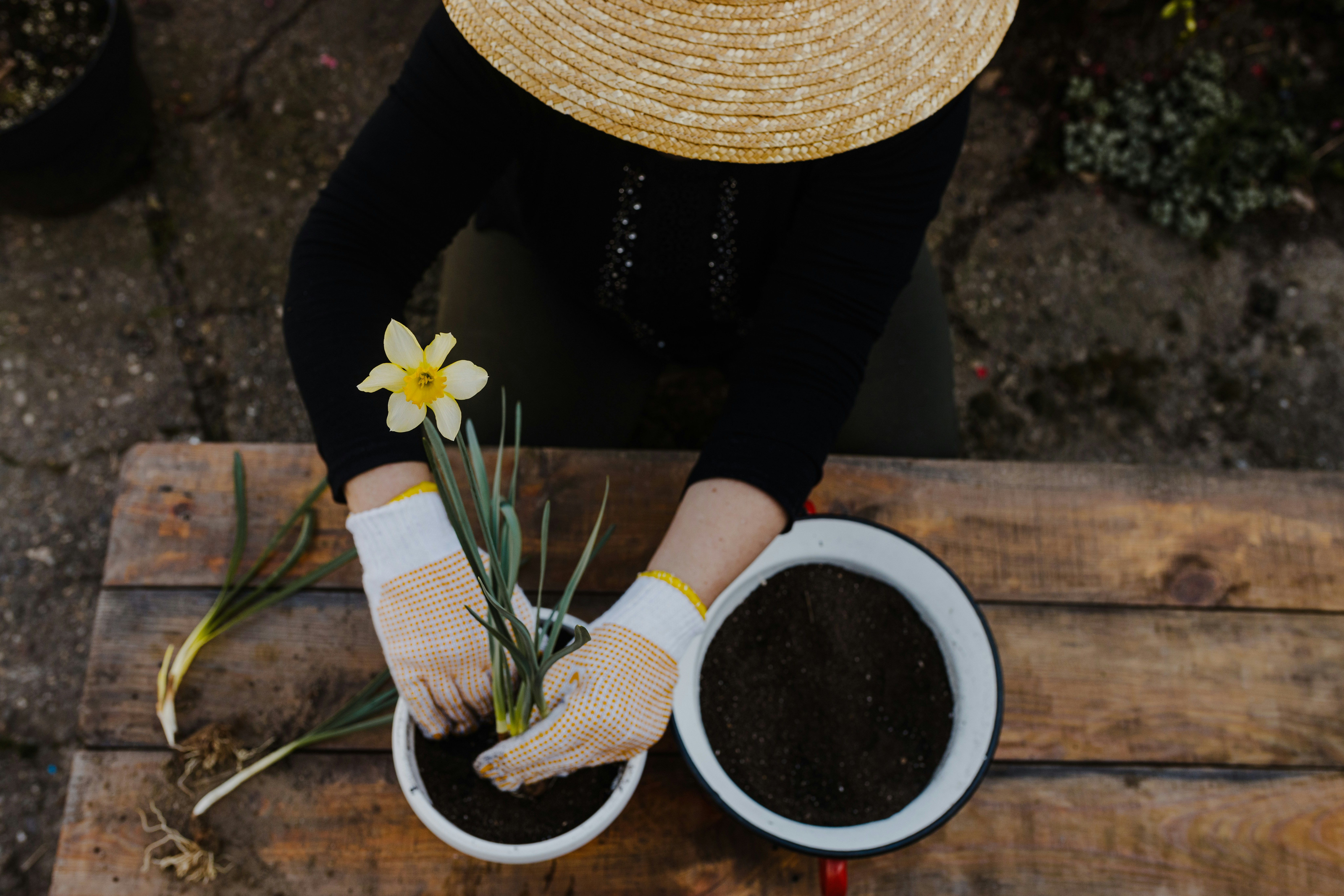How to Celebrate World Environment Day
Posted on by Meg MacKay
World Environment Day
Did you know that World Environment Day is June 5th? This day was first chosen in 1973 by the United Nations. “The UN calls World Environment Day “the biggest day for positive environmental action.” It is a day for public outreach as well as personal responsibility—an “opportunity to care for the Earth and become agents of change.” Additionally, this yearly celebration of positive action is hosted by a different city or region with a corresponding theme. For 2024, Riyadh, Saudi Arabia will be hosting with the theme of Land restoration, desertification and drought resilience.
Fun Activities to Celebrate World Environment Day
Celebrate this year’s World Environment Day with crafting seed bombs for dispersal throughout your town or city. Back in 1973, the Green Guerillas, an environmental group in NYC, pioneered the seed bomb movement. They concocted small balls of fertilizer, seeds, and soil, which were hurled into vacant alleyways and lots, fostering green spaces to enhance the city's aesthetics and environmental health. This bold initiative catalyzed significant environmental transformations within the urban landscape, and its legacy continues as the activity has now gone viral on social media, with thousands of people creating and dispersing them throughout their local towns and cities vacant spaces. Remember to choose seeds that are designed for your region and the pollinators that live there.
Follow these instructions by thecottagepeach.com to create your own!
Create an at Home Pollinator Garden
Another way to celebrate World Environment Day is to give back to nature in your own backyard or apartment. If you have a backyard space, consider planting a garden for pollinators this Summer. If you don’t have access to a backyard, consider making pollinator window boxes or joining your local gardening club.
Some examples of pollinators are birds, bats, butterflies, moths, flies, beetles, wasps, some small mammals and most importantly, bees. Pollinator.org states; “Somewhere between 75% and 95% of all flowering plants on the earth need help with pollination – they need pollinators. Pollinators provide pollination services to over 180,000 different plant species and more than 1200 crops.” Many pollinator populations are dwindling due to loss in habitats. Therefore, it is very important to spread awareness on this issue and do what we can to help them.
To attract the lovely pollinators to your garden this Summer, first research the local pollinators and native plants in your area. Architectural Digest states; “Every area has its native pollinators, and it’s best to choose plants designed for your region. Start by determining your local hardiness zone, which you can find using the USDA Plant Hardiness Zone Map”. Native plants as well as organic soil and rich sunlight will all attract pollinators. Another key component is to provide water by the area as well as water your plants regularly.
As we celebrate World Environment Day, let's commit to giving back to nature by planting flowers that are native to our region. These native plants play a crucial role in supporting our local ecosystems, providing essential resources for pollinators like bees, butterflies, and hummingbirds. By choosing native flowers, we create habitats that sustain these vital creatures, fostering biodiversity and ecological balance. Let our efforts to plant and nurture these blossoms serve as a reminder that small actions can lead to significant impacts. 
